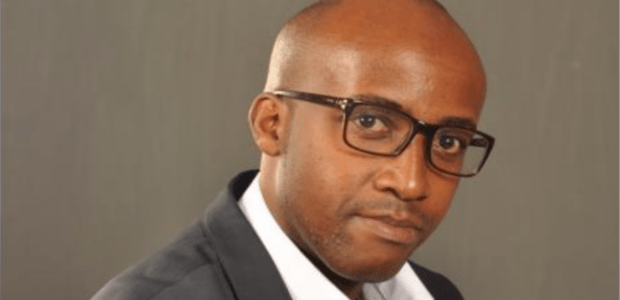advertisement
Realities of architecture: what you need and what you get
During the Africa Cloud Summit, George Njuguna, CIO at HF Group, made a battle cry to the IT industry. He…

During the Africa Cloud Summit, George Njuguna, CIO at HF Group, made a battle cry to the IT industry. He called for more system architects, who will help CIO’s meet and surpass their goals.
We need more architects in IT, who need to draw the cloud systems for us as CIOs and allow us as CIOs to have better conversations in future,” said Mr. Njuguna, who shared his views while discussing cloud- adoption challenges experienced from a macro level.
“In most institutions today, the word ‘architect’ is haphazardly used. Organisations need to invest in their internal capacity as well as invest in IT architects. As CIOs, we need them to tell us how far we can go with the cloud, as well as walk us through the security details. This will help us have greater conversations on systems we will be implementing.”
advertisement
In trying to understand the importance of architects in the industry, as brought to light by Mr. Njuguna, CIO East Africa interviewed John Gichohi, system architect, Fortinet, East Africa, who reiterated the CIO’s point by saying: “The system architect/engineer plays a vital role in IT. His role is to understand the requirements of a business, design and propose the products and solutions that will help the business actualize their needs and assist implementation teams in configuring the proposed set of products to the businesses’ satisfaction.”
While Gichohi believes that even though architects are important for business, he realises that not all businesses can afford them.
“To the business, it would make sense tapping their skillsets during projects in a case-by-case basis rather than having them as full-time resources. Honestly, I think the systems-architect role should be outsourced, apart from some critical businesses that would require an in-house design teams, like Telcos,” he said.
advertisement
Looking at regional awareness of an IT architect’s job, Gichohi says that the role is not yet as understood in East Africa as it is in global markets.
“Most businesses focus on point solutions that have regional presence and uptake rather than solutions that can give them value that’s relevant to their business needs. As dynamic as IT technology is with the adoption of cloud solutions, for example, many CIOs face challenges in understanding how this upcoming technology impacts their cur- rent IT environment –and the business- es push to have efficient and dynamic IT systems in place. The regional market is therefore being reactive to embracing the role of system architects,” he explained further.
There is a need for education and training from any number of sources, to include vendors, Gichohi said, to ensure architects have the knowledge they need to craft effective, efficient systems Fortinet trains local partners and customers, an important role in creating system architects, Gichohi believes. The training provides insights into the company’s product portfolio and how it can improve network security for businesses. The training also offers technical coverage with advanced labs to simulate different network scenarios, which provides trainees with additional understanding of architecting.
advertisement
“We are planning to start enrolling system architects in a forum where we will openly discuss challenges and success stories we have experienced to share knowledge between the growing eco- system of systems architects in the market,” Gichohi said.
Per a recent report by Gartner, the world- wide x86 server virtualization market reached about $5.6 billion in 2016, an in- crease of 5.7 percent from 2015. As more businesses adopt virtual systems, Gichohi insisted that the role of a systems architect is more vital than ever.
“As easy as cloud adoption and virtualization on both public and private clouds sounds from a marketing perspective, it is a nightmare when it comes to the actual design and implementation of solutions on these cloud platforms, as each platform has different architectural structures and challenges,” he added.
“The adoption of SDN for example brings with it some design and architectural challenges that need deep understanding of how networks are architected and how different solutions plug in to achieve orchestration. Fortinet has been providing security solutions from the onset of the cloud platforms, and we offer ‘bring your own license’ and ‘on-demand’ security solutions for customers to uptake on an OPEX model.”